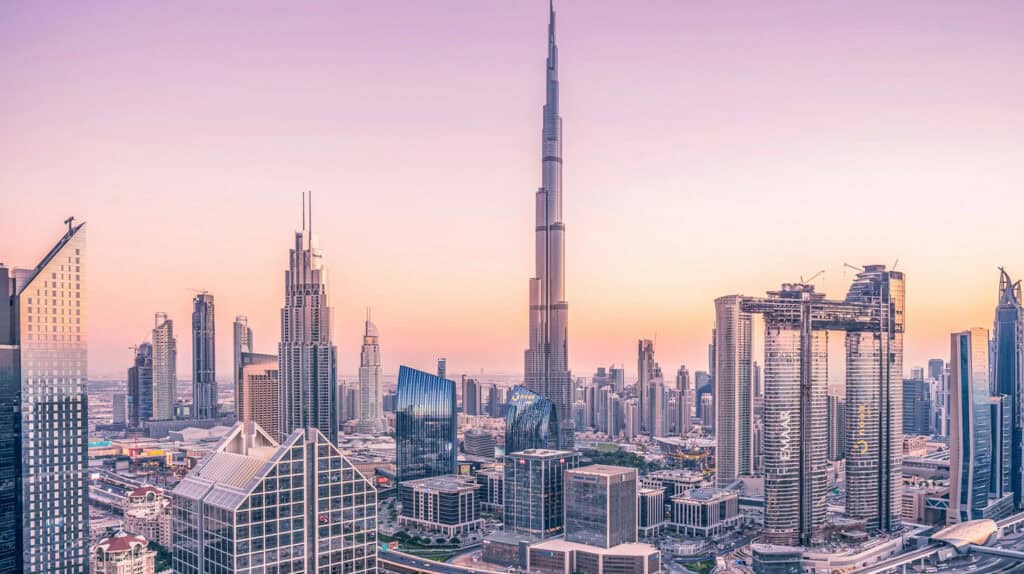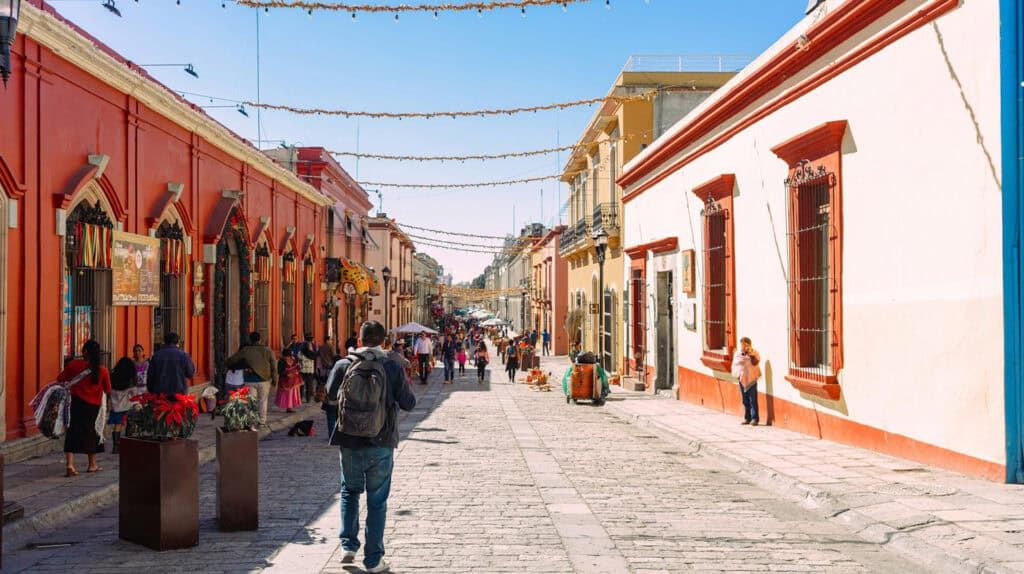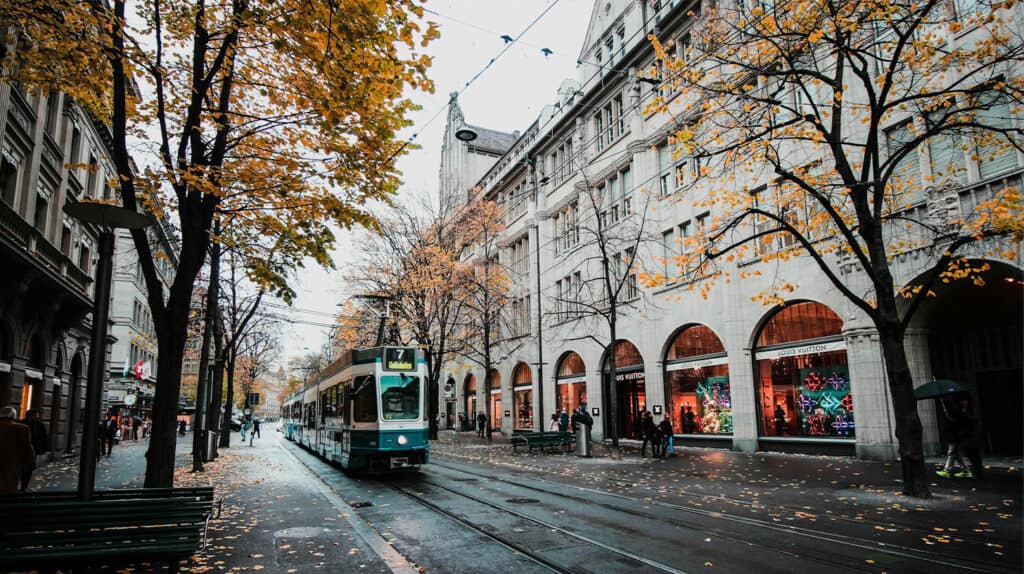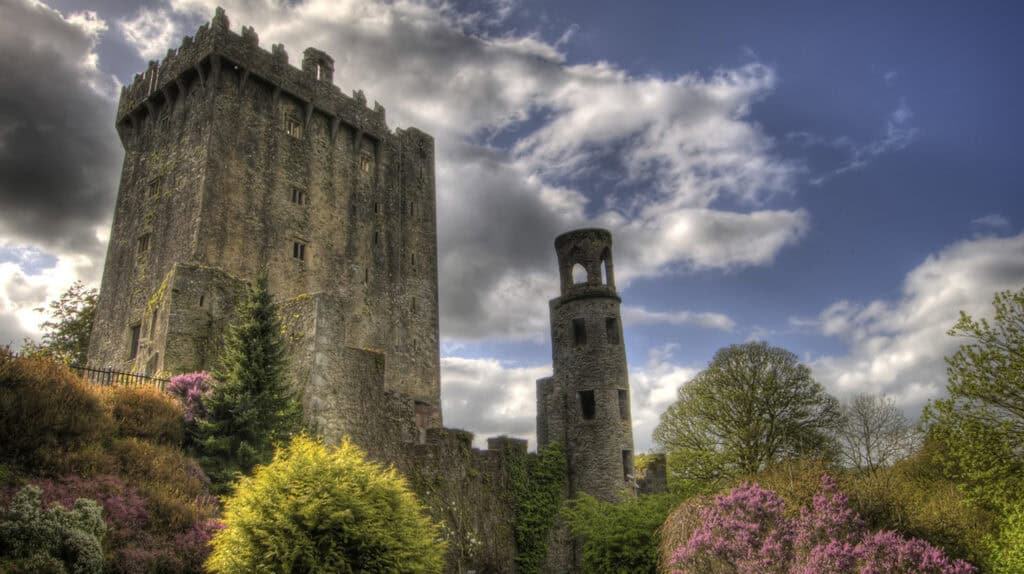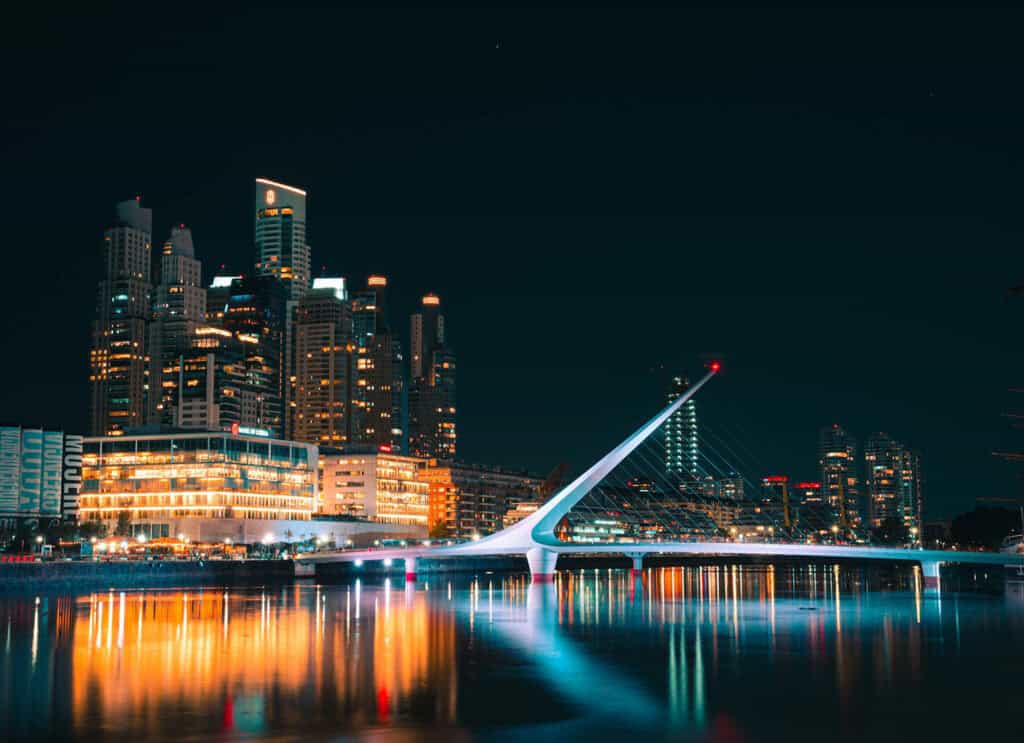

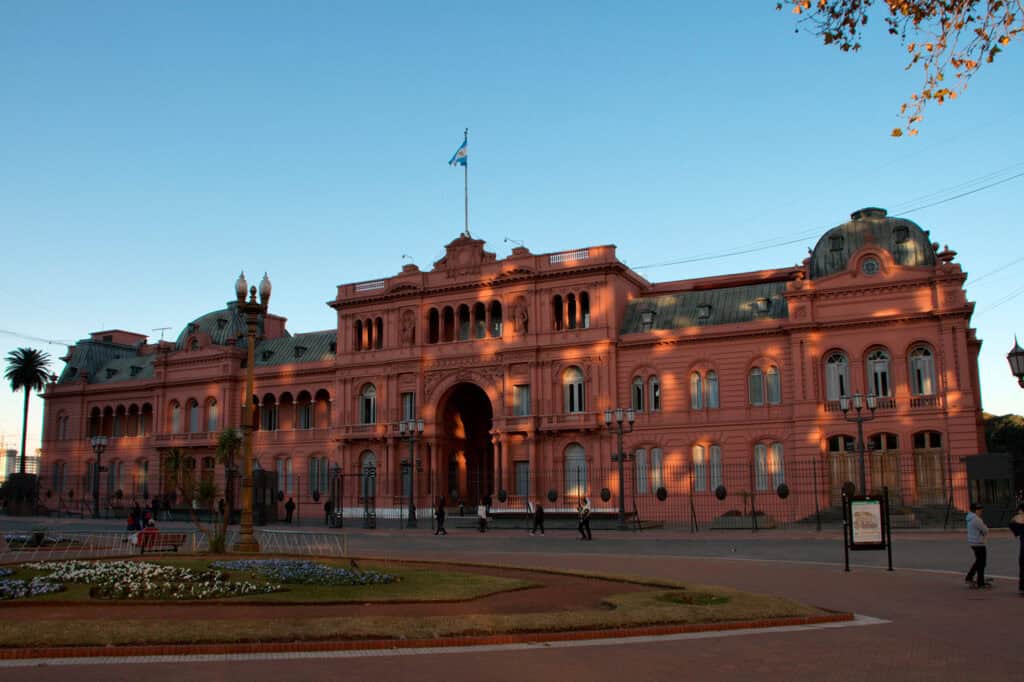
Curious about Argentina’s most iconic architectural landmarks? Argentina’s architecture combines historical styles and modern designs, each showing a part of the nation’s rich heritage.
If you love design and history, you’ll find Argentina’s buildings both impressive and full of diverse cultural influences. At Landmarks Architect, we’ve explored the country’s most remarkable buildings to give you a look at their architectural journey.
In this article, you’ll discover:
- The timeless elegance of Teatro Colón and Casa Rosada
- The architectural brilliance of Buenos Aires’ Art Deco and Beaux-Arts buildings
- The modern innovations of landmarks like Puente de la Mujer
Discover how these amazing sites highlight Argentina’s diverse architectural styles and their importance in shaping the nation’s identity. Ready to be inspired? Let’s explore Argentina’s architectural treasures.
Iconic Argentina Architectural Landmarks
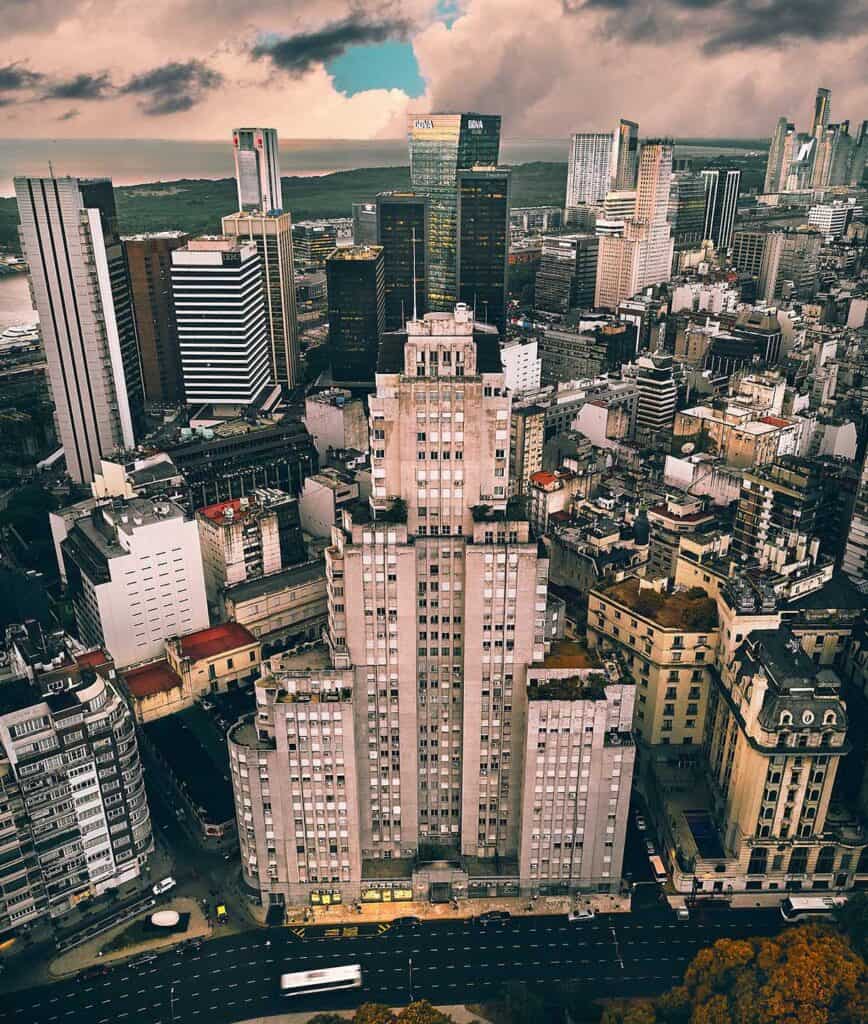
Buenos Aires has several architectural marvels that reflect its rich history and diverse styles. These landmarks are important for understanding the city’s cultural significance and architectural evolution.
1. Teatro Colón

Teatro Colón, opened in 1908, is one of the world’s most famous opera houses. It combines Italian Neo-Renaissance and French Beaux-Arts styles. Known for its excellent acoustics and beautiful design, it is a favorite for both performers and audiences.
Several architects worked on the building: Francesco Tamburini started it, Vittorio Meano continued, and Julio Dormal finished it. The interior features gold leaf, fine fabrics, and large chandeliers, while the exterior has grand sculptures that add to its elegance.
Teatro Colón is a key cultural center in Buenos Aires and one of the most Famous Buildings in Argentina, celebrated for its architectural beauty and importance to the arts.
2. Casa Rosada
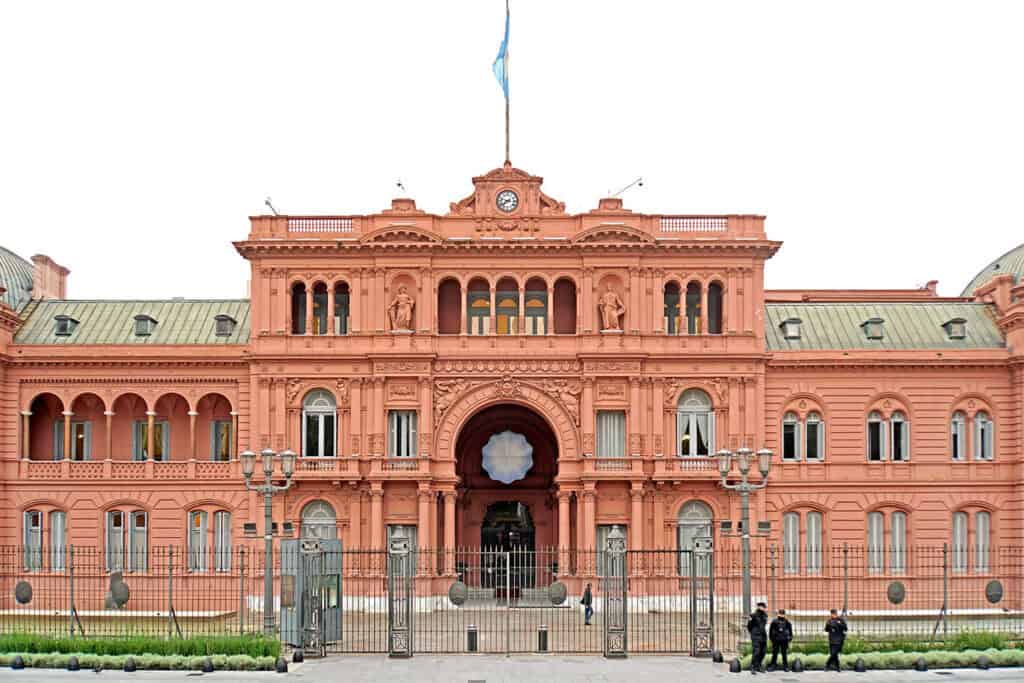
Casa Rosada is the President of Argentina’s office and residence, located near Plaza de Mayo in Buenos Aires. The building is known for its pink color, which may come from mixing white paint with cow’s blood or symbolizing political unity.
Since the 16th century, Casa Rosada has been renovated and redesigned by various architects. The most famous parts were created in the late 19th century by Francesco Tamburini. The building is known for its historic balcony, where Eva Perón gave her speeches. Casa Rosada remains an important part of Argentina’s government and history.
3. Kavanagh Building
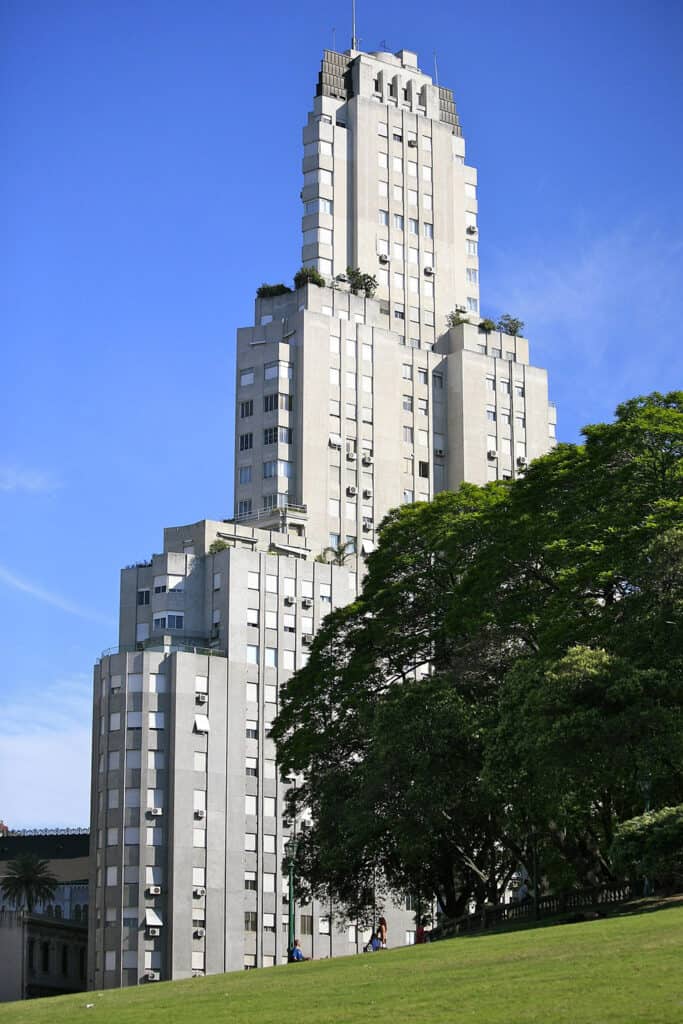
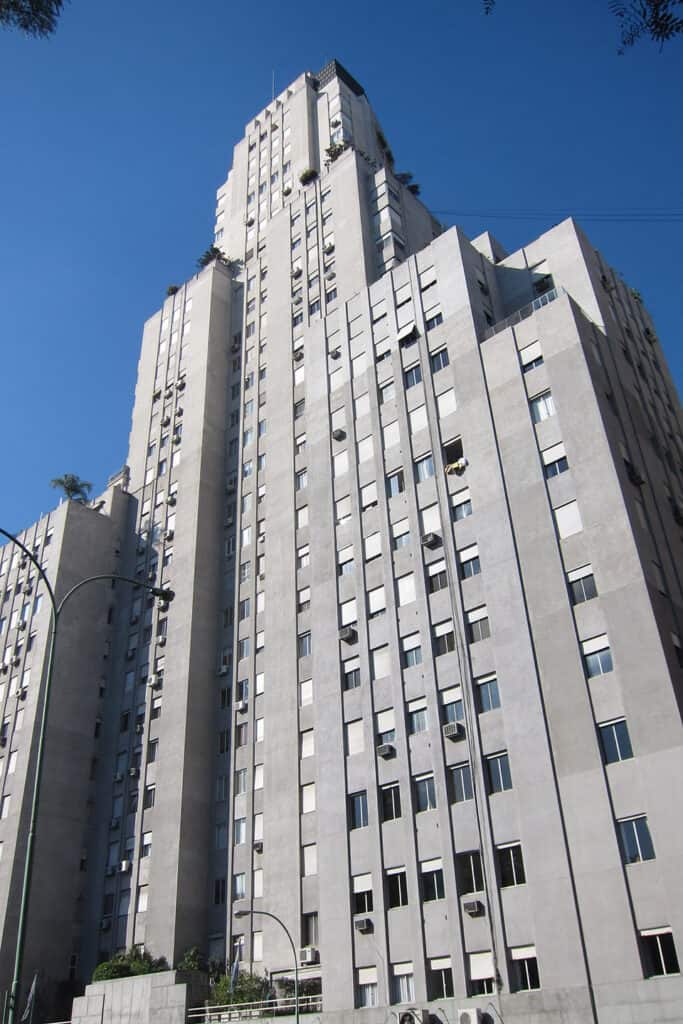
The Kavanagh Building is a historic skyscraper in the Retiro district of Buenos Aires, Argentina. Finished in 1936, it was designed in the Art Deco style and was the tallest building in Latin America at 120 meters (390 feet).
Built as a luxury apartment complex, it has a unique reinforced concrete exterior. Now recognized as a national historical monument, the Kavanagh Building remains one of the Tallest Buildings in Argentina and a key example of modern architecture in Buenos Aires.
See Also What is the Art Deco Style in Architecture? 3 Signature Elements to Know
Colonial Architecture
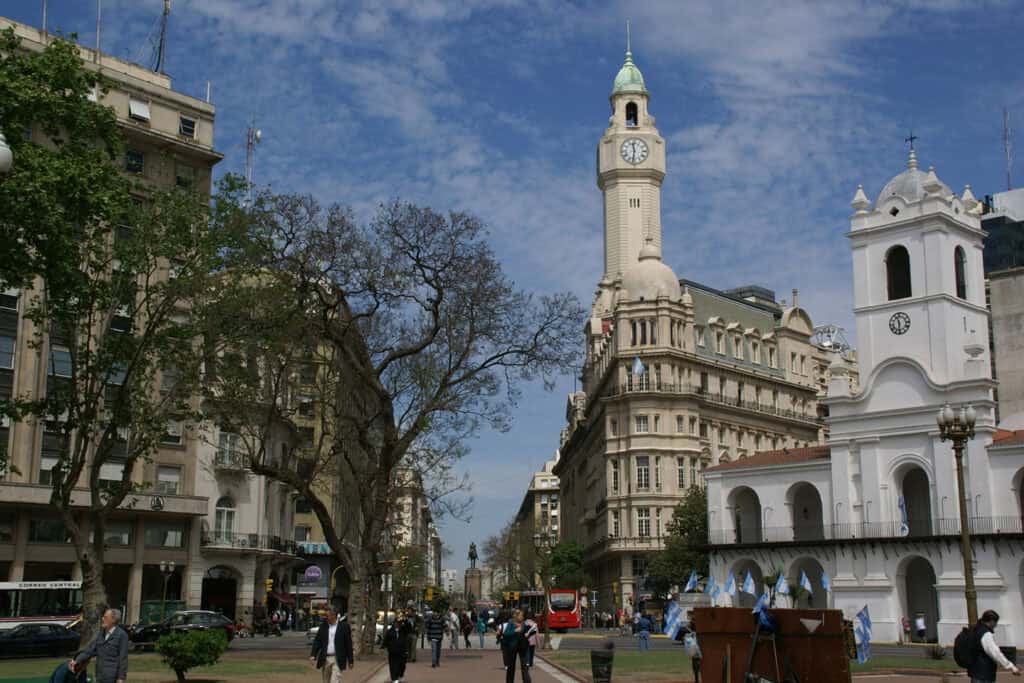
Colonial architecture in Argentina shows the country’s Spanish roots. It blends European styles with local influences. Important buildings from this period highlight Argentine architecture’s history and development.
4. Cabildo of Buenos Aires

The Cabildo of Buenos Aires served as the colonial town hall during Spanish rule. Originally built in the 18th century, it stands near the historic Plaza de Mayo, a pivotal site during the May Revolution.
Constructed in a Spanish Colonial style, the building features a striking white façade and a noticeable bell tower. It is an essential example of European architecture adapted to local conditions. The Cabildo has been restored several times, preserving its historical value.
Today, it functions as a museum, offering insight into Buenos Aires’ past and the influence of colonial governance in Latin America.
Neoclassical Architecture
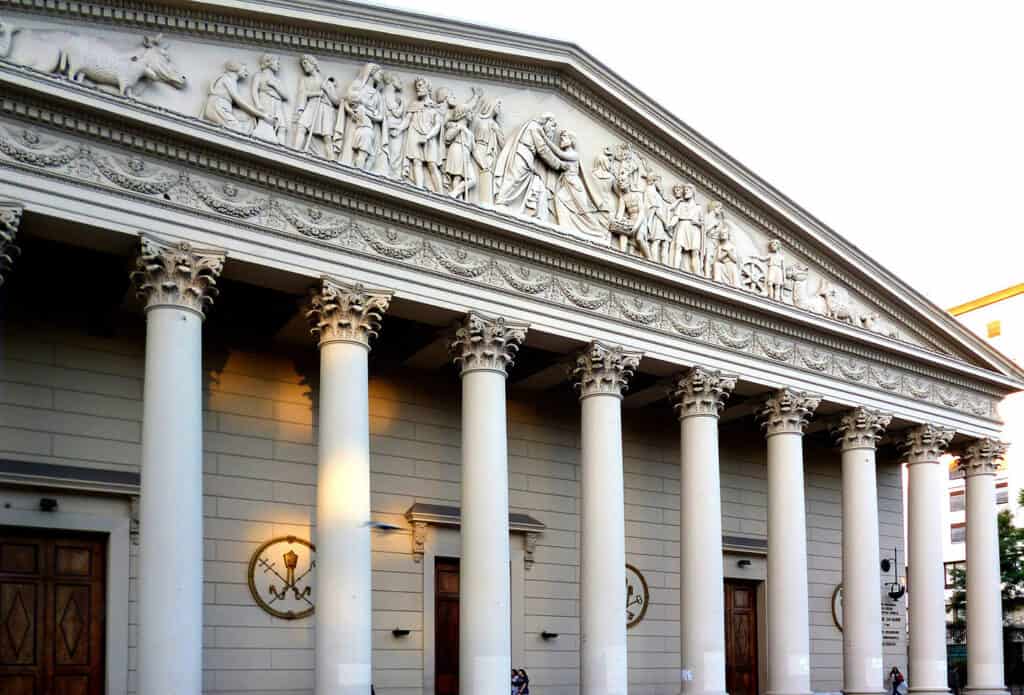
Neoclassical architecture in Argentina mixes European styles of architecture, especially from ancient Greece and Rome. This style is seen in many buildings and highlights the country’s cultural richness.
5. Buenos Aires Metropolitan Cathedral
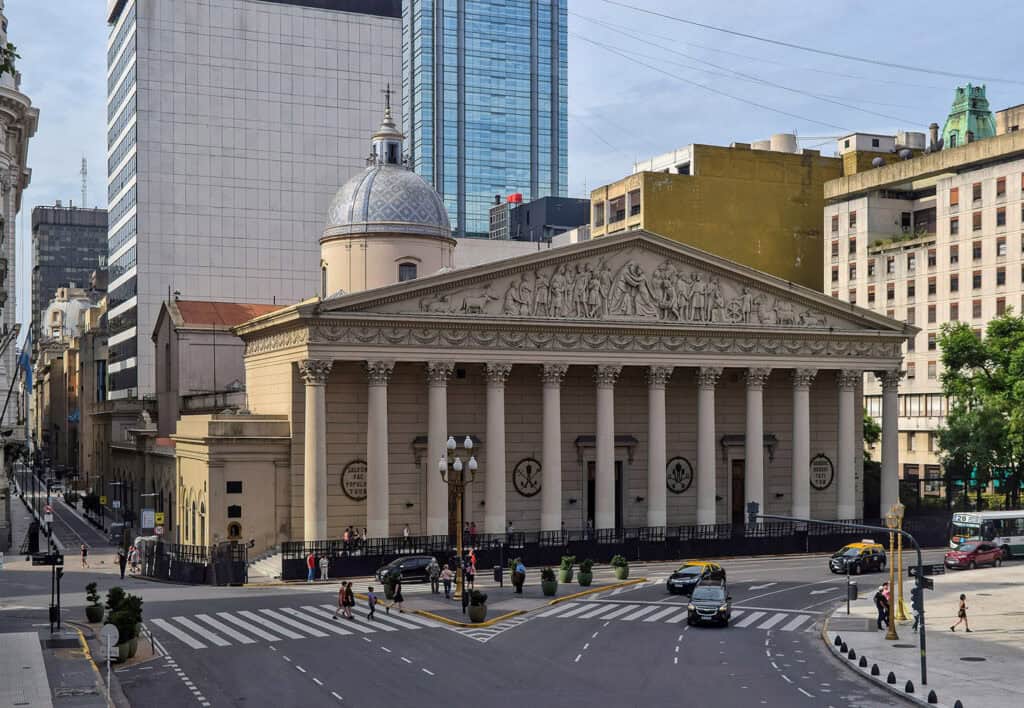
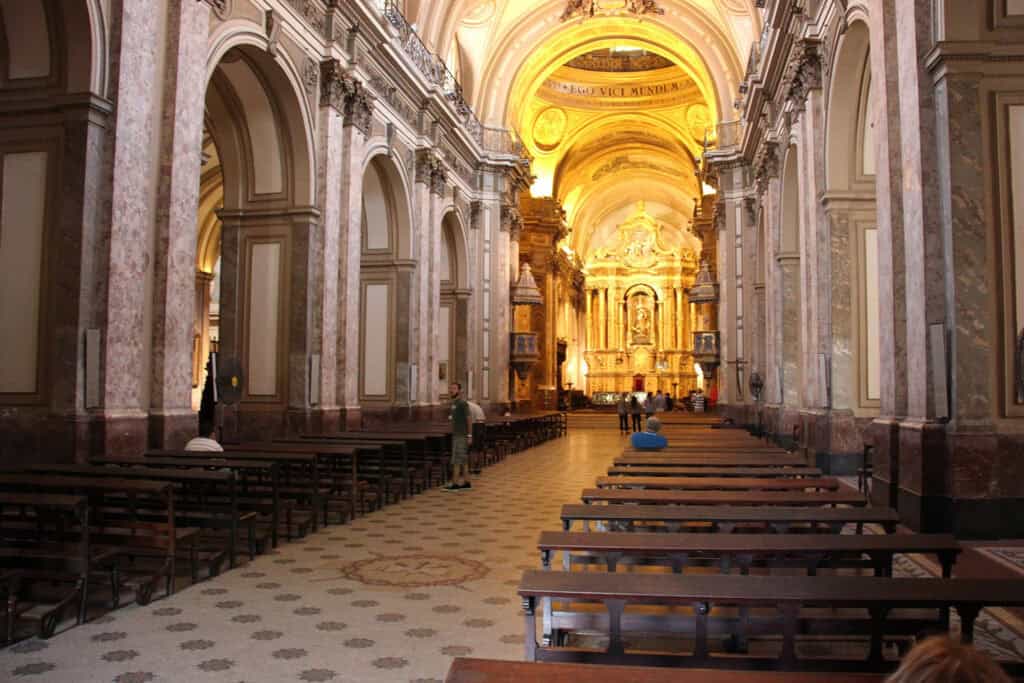
The Buenos Aires Metropolitan Cathedral is a key landmark in the city. Built in the 19th century, it has a neoclassical façade. The grand entrance has impressive Corinthian columns, typical of neoclassical design.
Inside, you’ll find beautiful altars and artwork, showing its importance as a historic monument.
Located near Plaza de Mayo, the cathedral is a symbol of Argentina’s colonial past and religious heritage. Its mix of styles, including Baroque style and Art Nouveau, adds to its charm. It is a cultural center and a must-visit site in Buenos Aires.
Beaux-Arts Architecture
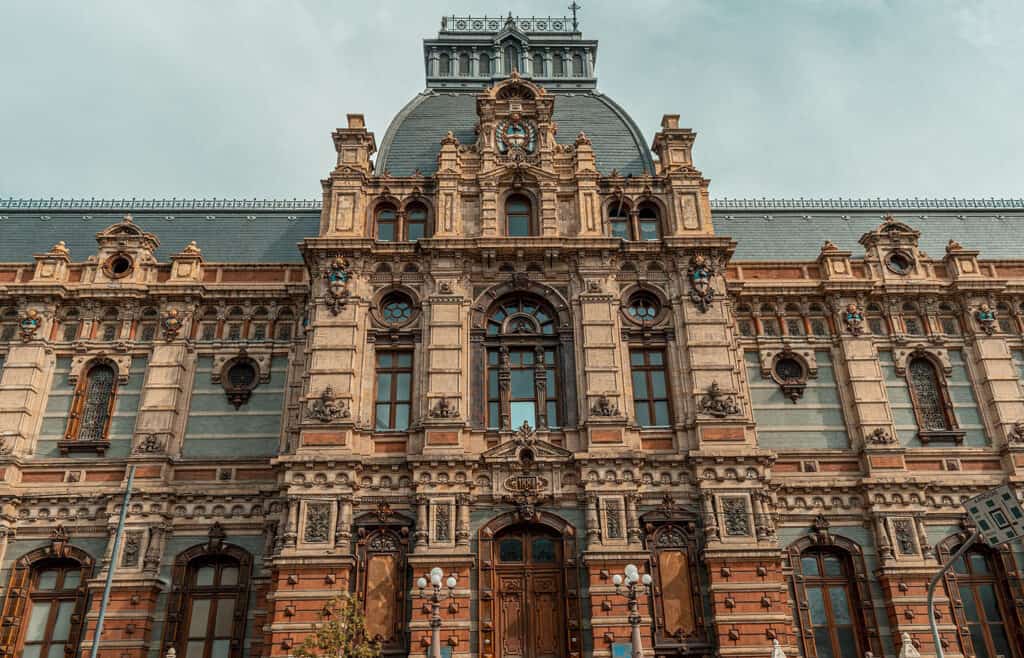
Beaux-Arts architecture is a notable style that became popular in Buenos Aires in the late 19th and early 20th centuries. It is known for its grand and detailed design, inspired by classical European styles.
6. Palacio de Aguas Corrientes
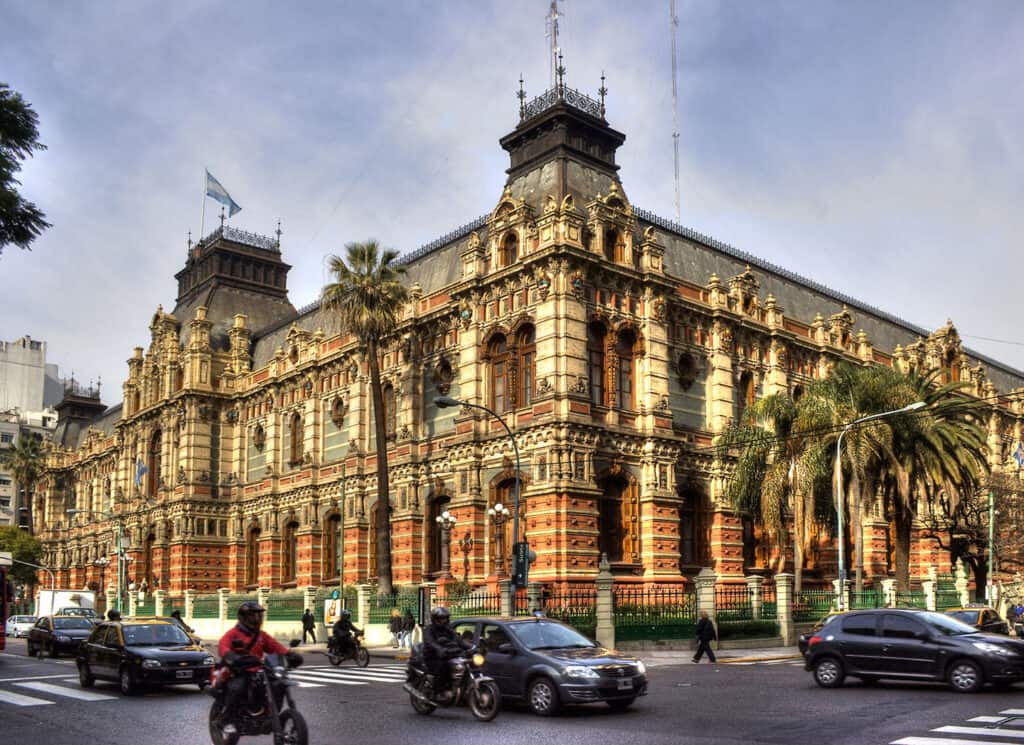
The Palacio de Aguas Corrientes is a great example of Beaux-Arts architecture in Buenos Aires. Designed by Olaf Boye and finished in 1894, the building is made of white marble and features intricate decorations.
It was originally a water distribution center and played a key role in the city’s growth. Now, the Palacio de Aguas Corrientes is a national historic monument. It is admired for its towers, mosaics, and architectural beauty.
The building shows Buenos Aires’ ambition and artistic vision during a time of change.
Art Deco Architecture
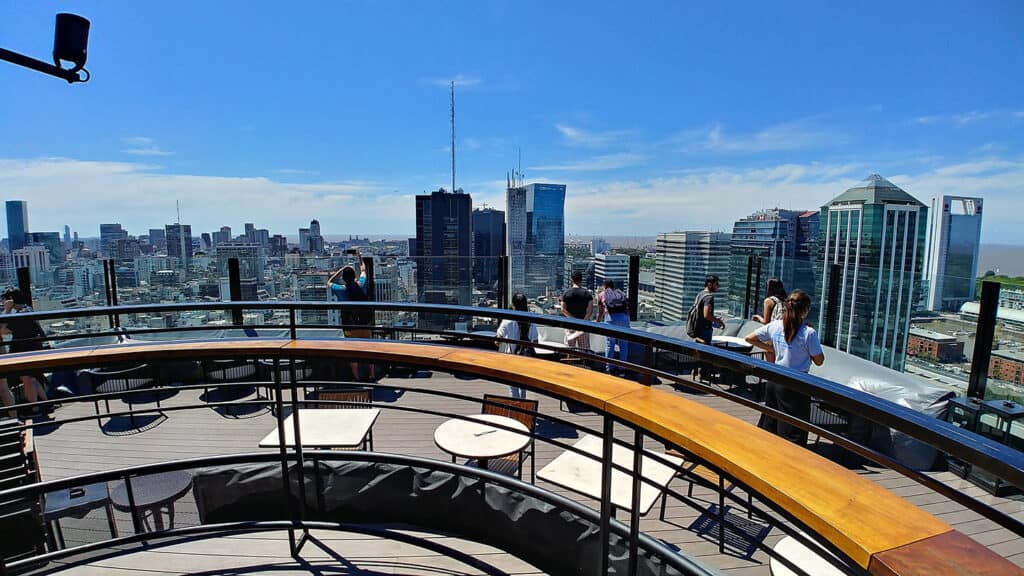
Art Deco architecture in Argentina is known for its modern style with geometric shapes and mixed influences. This style became popular in Buenos Aires and adds to the city’s unique skyline and history.
7. Edificio Comega
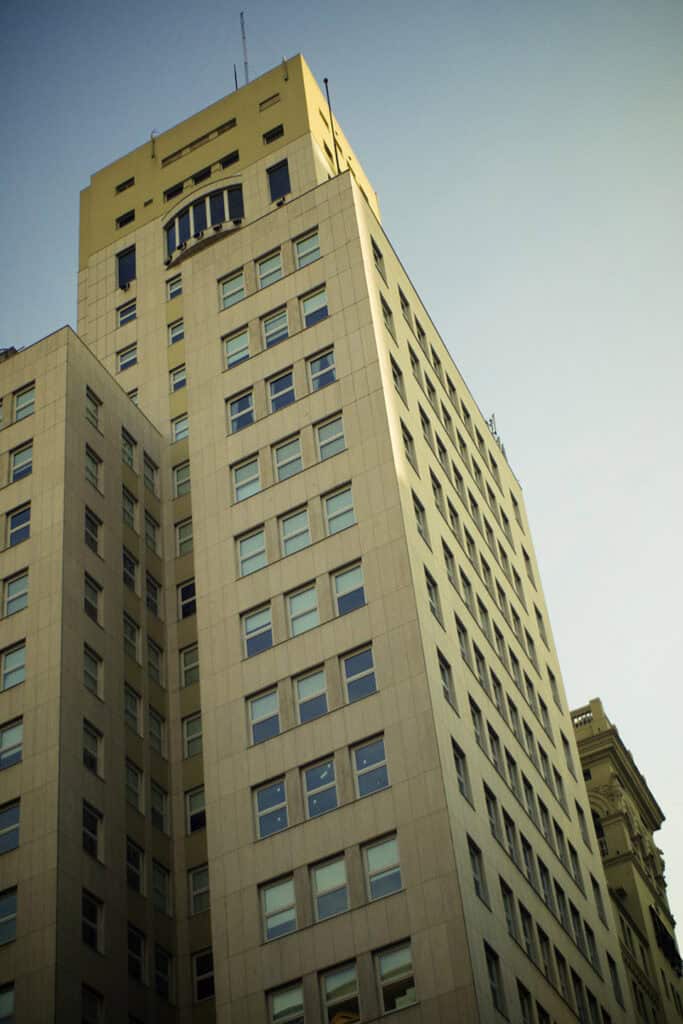
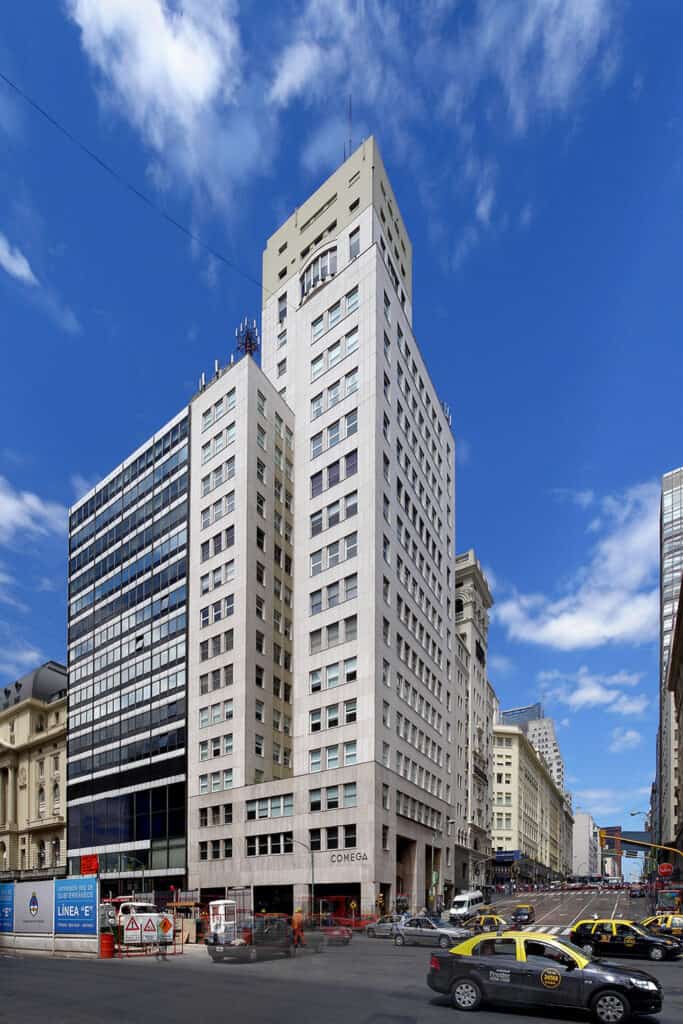
Edificio Comega is a key example of Art Deco architecture in Buenos Aires. It was completed in 1933. The building features bold lines and an angular façade, typical of the Art Deco style. It has decorations that reflect the time it was built.
The building shows the influence of European architecture in Argentina. It is important to understand Buenos Aires’ architectural history. Edificio Comega is also known for being one of the tallest buildings of its time, along with the famous Kavanagh Building.
Modernist Architecture
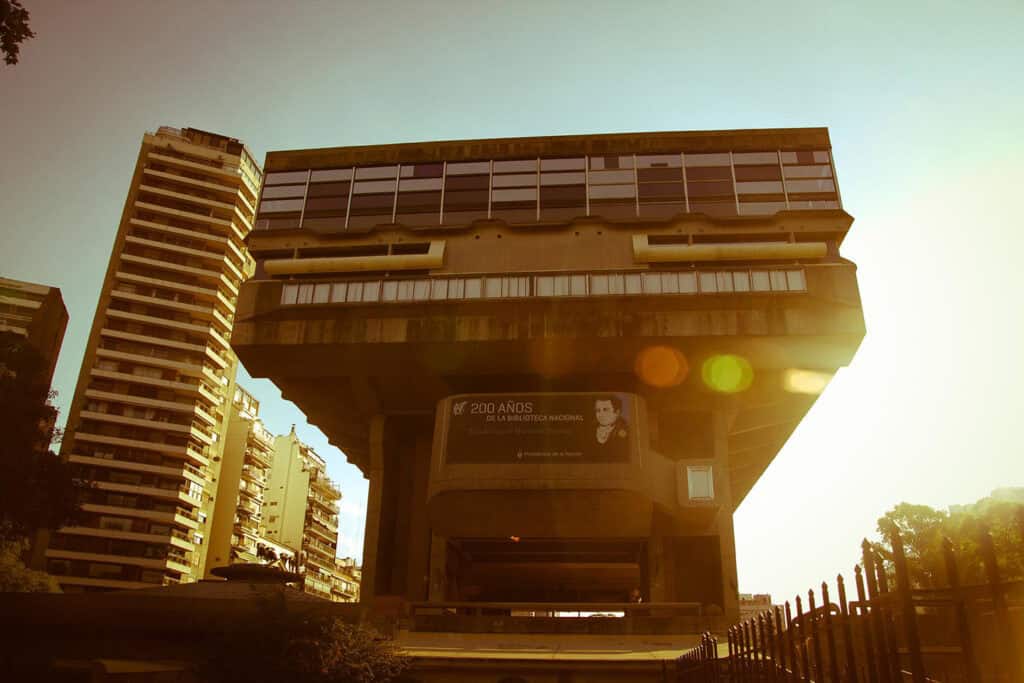
Modernist architecture in Argentina reflects a unique blend of international and local influences. Notable structures showcase design principles that embrace functionalism, innovative materials, and artistic expression.
8. National Library of the Argentine Republic
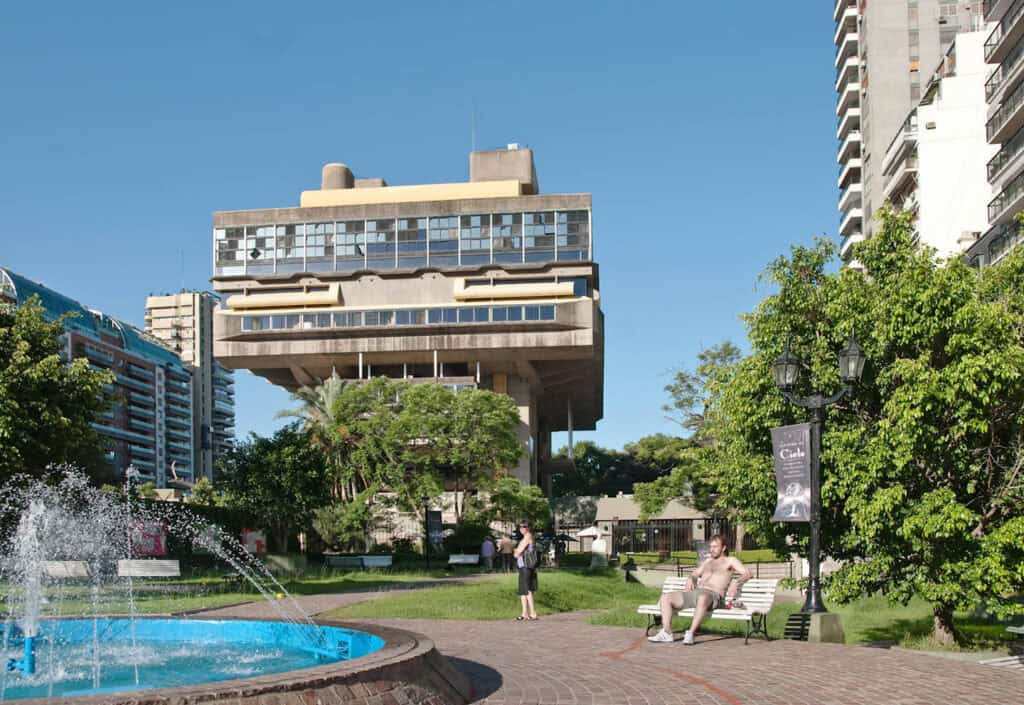
The National Library of the Argentine Republic in Buenos Aires is a key example of modernist architecture with Brutalist influences. Designed by Argentine architects Clorindo Testa, Francisco Bullrich, and Alicia Cazzaniga, its construction began in 1971 and finished in 1992.
The library is known for its bold shapes, exposed concrete, and large structure, reflecting the Brutalist style. It has spacious reading rooms, digital centers, and cultural spaces, making it a vital place for learning.
As a national historic monument, the library represents Argentina’s strong architectural heritage and its dedication to knowledge and culture. This building is a significant example of Modern Architectural Styles in Argentina.
See Also What is Modernist Style in Architecture? 10 Key Features
Contemporary Architecture
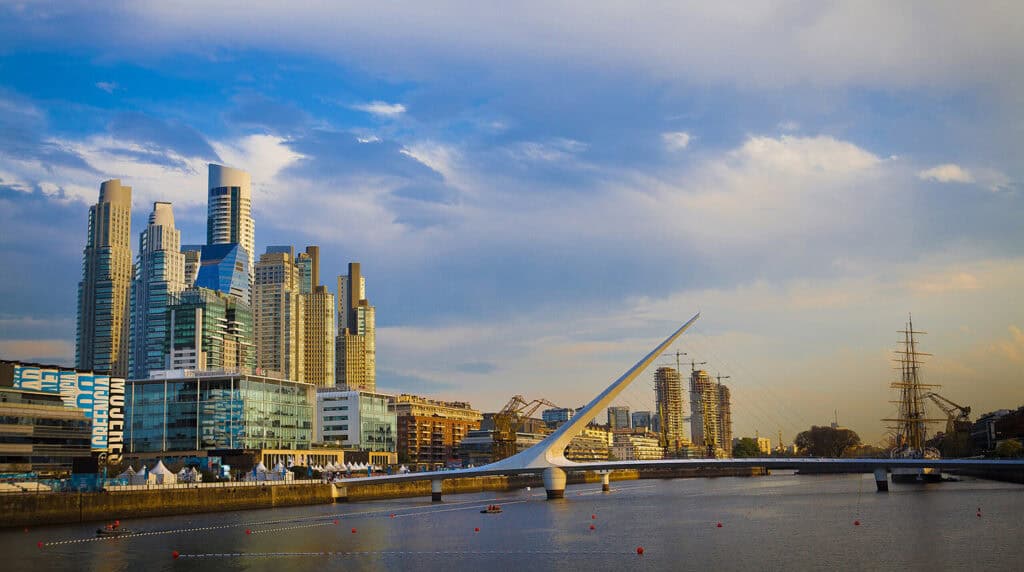
Contemporary architecture in Argentina mixes modern design with cultural heritage. Notable buildings show new ideas while honoring the country’s history and lively city life.
9. Puente de la Mujer
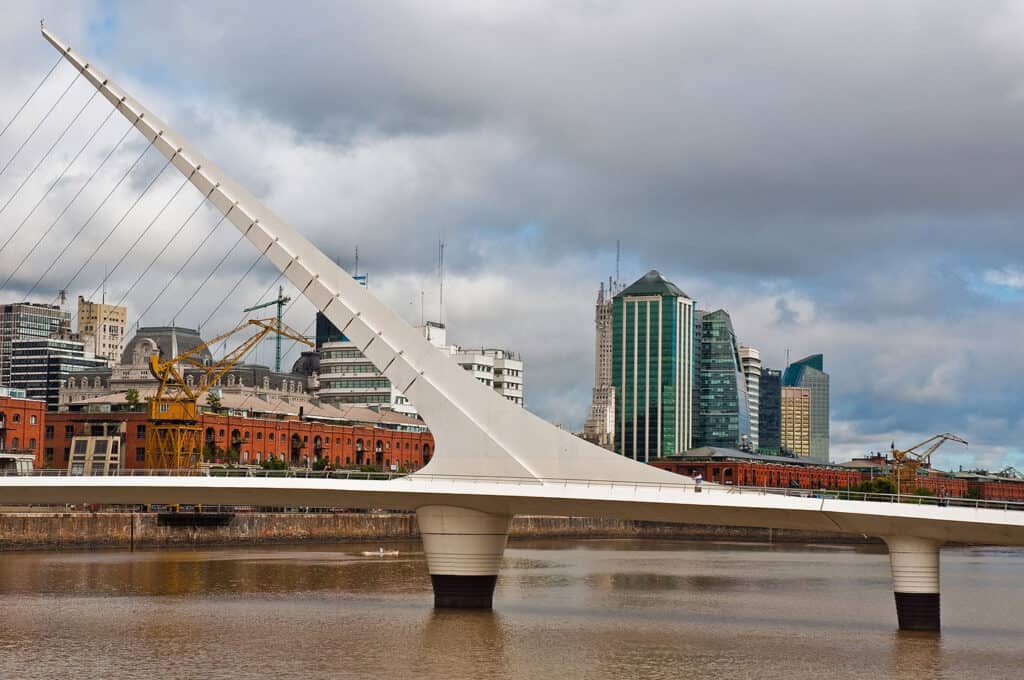
Puente de la Mujer, or “Women’s Bridge,” is a well-known pedestrian bridge in Buenos Aires, Argentina. Designed by Santiago Calatrava, it connects the Puerto Madero area to downtown.
The bridge has a unique white design that looks like a dancer. Its modern and elegant lines make it stand out and add to the city’s skyline. Completed in 2001, the bridge highlights Buenos Aires’ focus on modern architecture and city improvements.
It is a key pedestrian bridge, combining both function and art and shows contemporary architecture in Argentina’s capital.
Gothic Revival Architecture
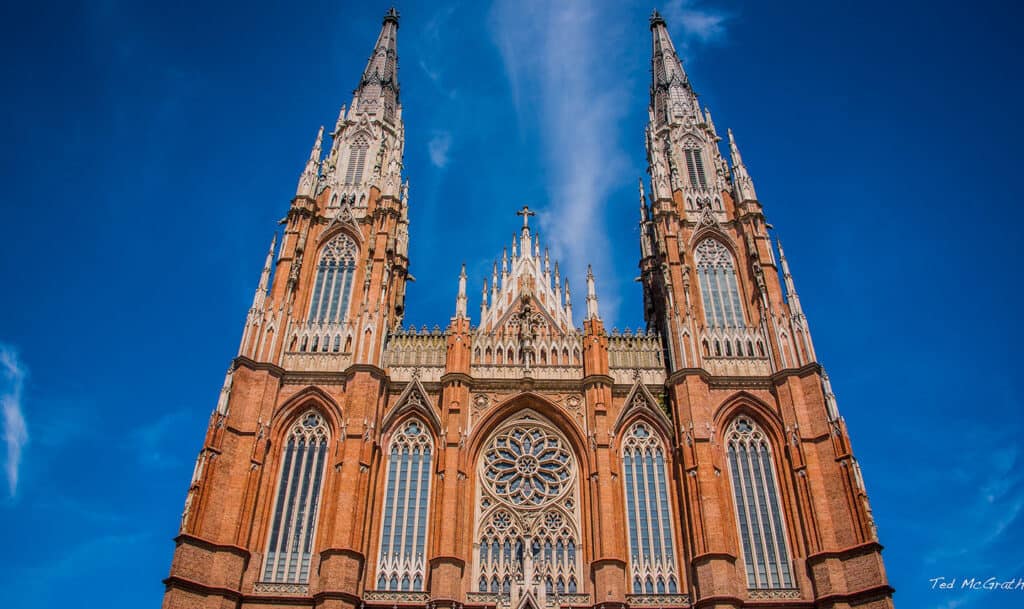
Gothic Revival architecture in Argentina mixes European styles with local culture. It includes pointed arches, detailed stonework, and a grand appearance. This style is a key part of Argentina’s architectural heritage.
10. Catedral de La Plata
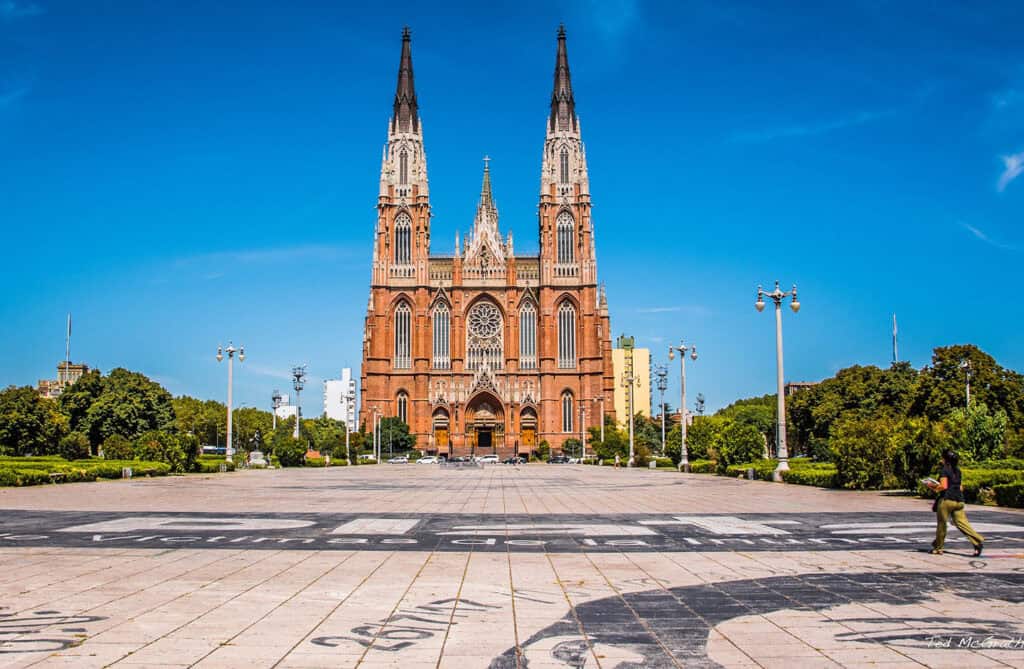
Catedral de La Plata, in Buenos Aires Province, is a key example of Gothic Revival architecture in Argentina. It was built from 1884 to 1932.
The cathedral features pointed arches and detailed sculptures on its facade. Its tall spires reach 112 meters, making it one of the tallest churches in South America. Inside, colorful stained-glass windows light up the nave. The design combines European styles with local touches.
The cathedral is a national historic monument and attracts many visitors for its beauty.
Famous Architecture in Argentina: A Recap
Argentina’s buildings tell a rich story of its history and culture. From the grand Teatro Colón to the sleek Puente de la Mujer, each landmark shows a different part of the country’s architectural journey.
Whether it’s colonial style, neoclassical beauty, or modern design, these structures shape Argentina’s skyline and heritage. Discovering these iconic landmarks helps you appreciate Argentina’s unique architectural story and the various Types of Architectural Styles that define it.




